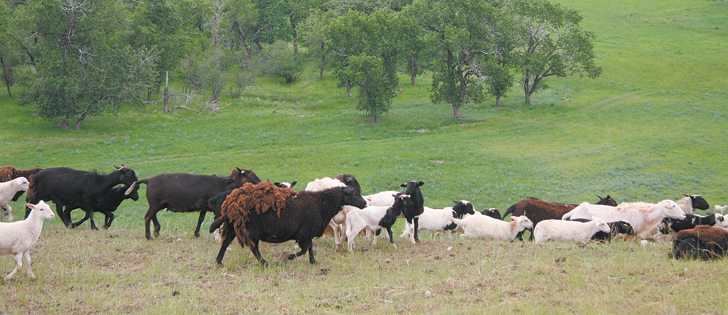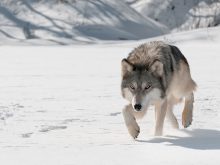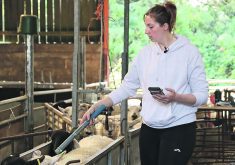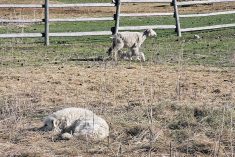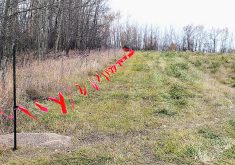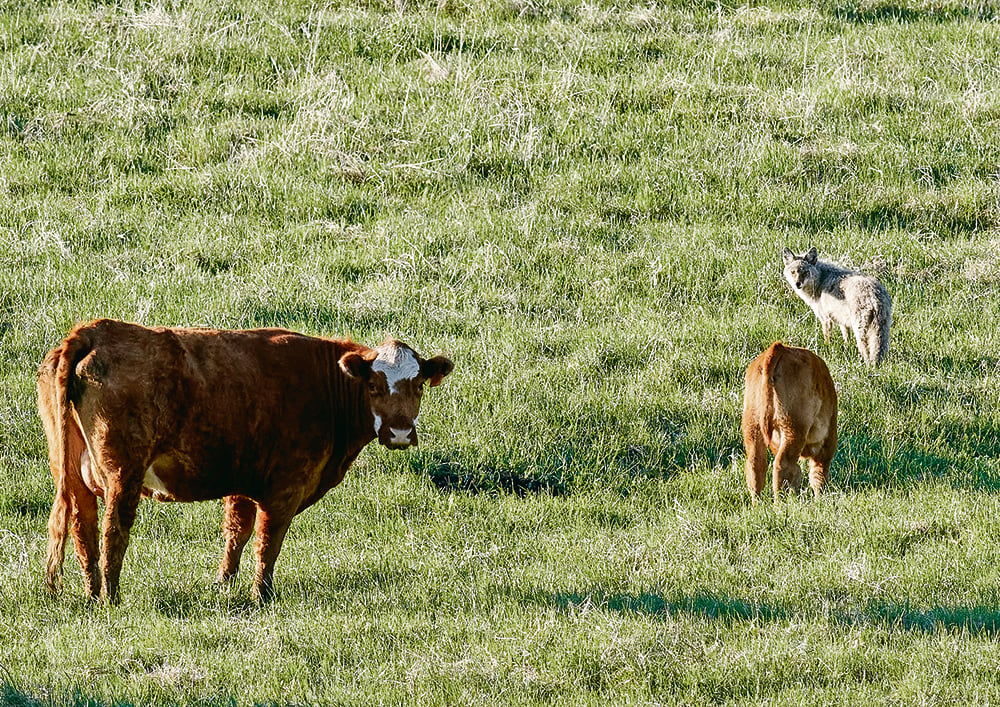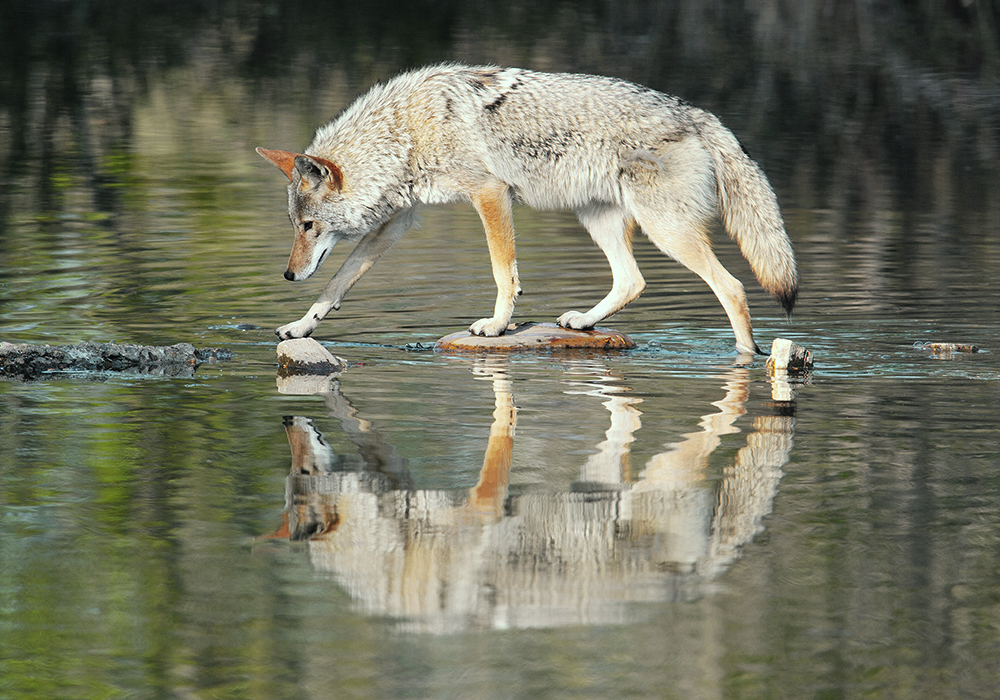Conflicts, compensation | Grizzly bears designated as a threatened species
CARDSTON, Alta. — A rancher from Glenwood, Alta., received first-hand experience with livestock predation from grizzly bears last year, as well as the compensation that followed.
Fifty lambs disappeared from his pasture along the Belly River in October. He was eventually compensated for 16 of those animals because the others couldn’t be confirmed as grizzly bear kills.
“They don’t pay their bills very fast, I can tell you that,” said the sheep owner, who refused to be named.
Though he is grateful for the compensation he received, he was surprised to experience grizzly bear predation for the first time in his family’s 100-year ranching history in this location.
Read Also
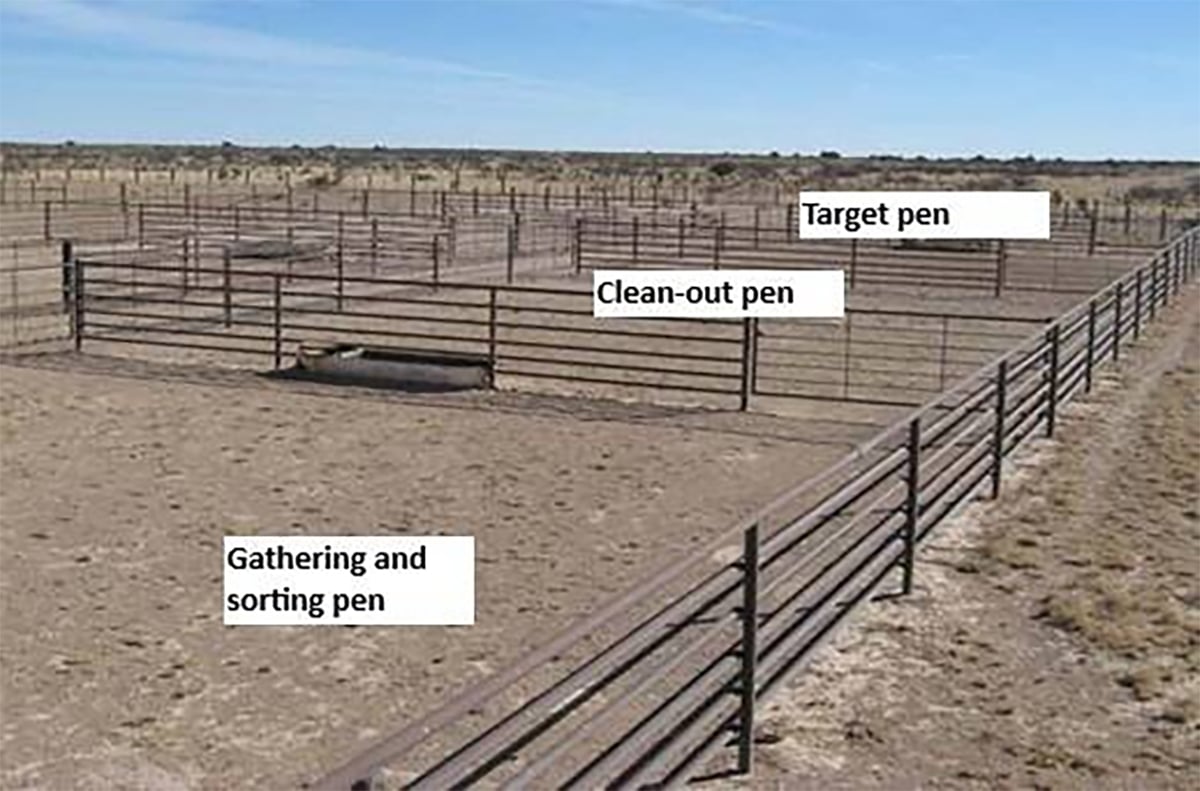
Teamwork and well-designed handling systems part of safely working cattle
When moving cattle, the safety of handlers, their team and their animals all boils down to three things: the cattle, the handling system and the behaviour of the team.
The rancher’s experience is one example of why confirmation and compensation for livestock kills from large carnivores require review, said Jeff Bectell of the Waterton Biosphere Reserve Carnivore Working Group.
The group organized a June 19 tour of southwestern Alberta projects designed to reduce rancher and grizzly bear conflicts.
“The grizzly bear killed sheep below us and also right there beside his house, and even with the guard dogs he had a bit of difficulty chasing the bear away,” said Bectell in describing the sheep loss incident.
“The amount of loss he had was significant and the amount of compensation he received was less significant.”
The bear in question was identified, caught and released near Nordegg in northern Alberta.
The sheep rancher is now building an electrified fence along his property and along the river, with some funding provided by the biosphere group and the Oldman Watershed Council. The six-strand fence cost about $14,000.
Bectell said grizzly bears are an important part of the ecosystem, but ranchers need more assistance in dealing with the big carnivores’ predation and property damage.
“If all of society thinks grizzly bears are neat, and we do, then that cost should be shared,” he said, adding compensation amounts should also be increased.
“We think it’s justified because people are losing a significant amount and we don’t think that (they) should have to carry that cost of having large carnivores on the land.”
Livestock carcasses must be in-spected and the cause of death confirmed before compensation can be claimed for grizzly bear kills. Partial or no compensation is provided if the carcass is missing or the cause is inconclusive.
Bectell said he understands the need to compensate only for confirmed kills but suggested there should be more leeway when a grizzly is most likely responsible.
“Many of the landowners and ranchers are finding out that the system seems to be too restrictive. The burden of proof seems to be too high, and this is a good example of it,” Bectell said.
Bears also cause livestock distress, both in the process of stalking and killing their prey and by virtue of their presence.
The sheep rancher said his lambs didn’t have the expected weight at sale time, which he believes was due to stress from the bear.
Provincial problem wildlife specialist Kim McAdam said there were 313 livestock predation occurrences from April 2012 to March 2013, with $258,000 in compensation awarded for loss of 394 animals. Figures were similar the previous year.
Amounts are calculated based on livestock market price, so payouts rise and fall along with the market. Provincial fish and wildlife officers investigate the claims and the Alberta Conservation Association issues payments with money obtained through hunting and fishing licence fees.
However, McAdam said the ACA has put a cap on its program in the last few years, and payments are delayed until the next budget year when the cap is reached. The delays don’t sit well with ranchers.
“My understanding is that they started making a few payments here in April for claims dating back to September of last year,” he said.
Efforts are underway to obtain additional funding for livestock predation through Growing Forward 2, said Bectell.
Ranchers are also pondering how to manage problem bears. Grizzlies are designated as a threatened species under Alberta’s wildlife act, so it is illegal to hunt or kill them.
Fish and wildlife officer Lyle Lester said he and his colleagues do their best to respond quickly to reports of grizzly bear damage or conflict. There have been more sightings of grizzly sows and cubs in ranching country along the foothills in recent years.
“They learn the country and they’re staying,” Lester said.
“So the more we can do to try and cut off bears from developing bad habits, the better off we’re going to be.”


